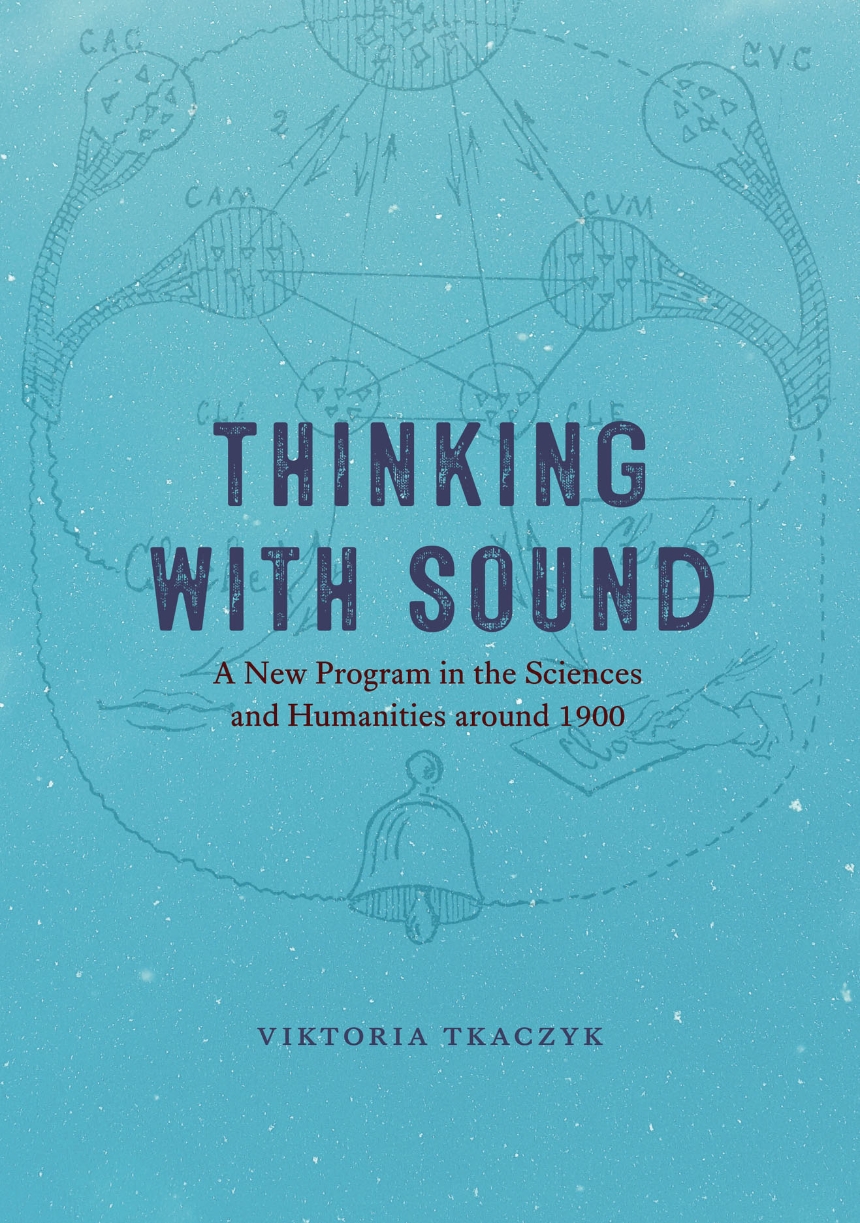Thinking with Sound
A New Program in the Sciences and Humanities around 1900
9780226823287
9780226823294
Thinking with Sound
A New Program in the Sciences and Humanities around 1900
Thinking with Sound traces the formation of auditory knowledge in the sciences and humanities in the decades around 1900.
When the outside world is silent, all sorts of sounds often come to mind: inner voices, snippets of past conversations, imaginary debates, beloved and unloved melodies. What should we make of such sonic companions? Thinking with Sound investigates a period when these and other newly perceived aural phenomena prompted a far-reaching debate. Through case studies from Paris, Vienna, and Berlin, Viktoria Tkaczyk shows that the identification of the auditory cortex in late nineteenth-century neuroanatomy affected numerous academic disciplines across the sciences and humanities. “Thinking with sound” allowed scholars and scientists to bridge the gaps between theoretical and practical knowledge, and between academia and the social, aesthetic, and industrial domains. As new recording technologies prompted new scientific questions, new auditory knowledge found application in industry and the broad aesthetic realm. Through these conjunctions, Thinking with Sound offers a deeper understanding of today’s second “acoustic turn” in science and scholarship.
When the outside world is silent, all sorts of sounds often come to mind: inner voices, snippets of past conversations, imaginary debates, beloved and unloved melodies. What should we make of such sonic companions? Thinking with Sound investigates a period when these and other newly perceived aural phenomena prompted a far-reaching debate. Through case studies from Paris, Vienna, and Berlin, Viktoria Tkaczyk shows that the identification of the auditory cortex in late nineteenth-century neuroanatomy affected numerous academic disciplines across the sciences and humanities. “Thinking with sound” allowed scholars and scientists to bridge the gaps between theoretical and practical knowledge, and between academia and the social, aesthetic, and industrial domains. As new recording technologies prompted new scientific questions, new auditory knowledge found application in industry and the broad aesthetic realm. Through these conjunctions, Thinking with Sound offers a deeper understanding of today’s second “acoustic turn” in science and scholarship.
Reviews
Table of Contents
List of Illustrations
1. Introduction: Disciplining Auditory Cognition
2. The Sonic Unconscious: Neuropathology and Psychoanalysis
3. Auditory Images: Linguistics and Metaphysics
4. Sound as a Comparative Object: Physics Meets Psychology
5. Aural Attention: Muscle Feelings and the Quest for Authority in the Arts
6. New Brains, Ears, and Tongues: Disciplines of Language Planning
7. Conclusion: Time Leaps
Acknowledgments
Notes
Bibliography
Index
1. Introduction: Disciplining Auditory Cognition
2. The Sonic Unconscious: Neuropathology and Psychoanalysis
3. Auditory Images: Linguistics and Metaphysics
4. Sound as a Comparative Object: Physics Meets Psychology
5. Aural Attention: Muscle Feelings and the Quest for Authority in the Arts
6. New Brains, Ears, and Tongues: Disciplines of Language Planning
7. Conclusion: Time Leaps
Acknowledgments
Notes
Bibliography
Index
